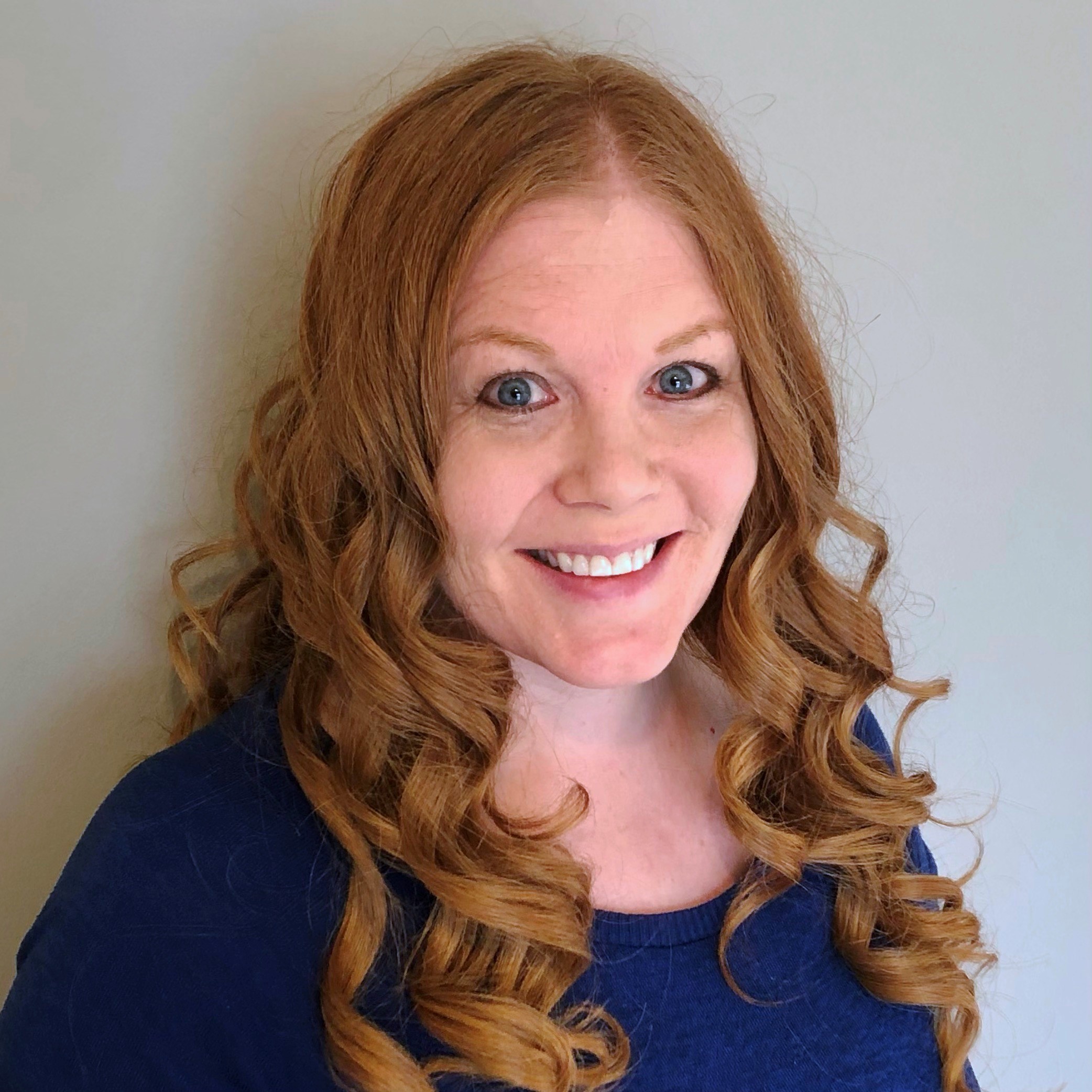How SEM coaches drive energy savings
Strategic energy management (SEM) programs have become an integral part of the suite of offerings that utility energy efficiency portfolios provide. Through the use of SEM, businesses and organizations are provided with tools and resources to implement energy management best practices and achieve energy performance targets — with a goal of integrating a focus on energy management into standard daily practice and an organizational culture.
A critical part of any SEM program is an experienced and knowledgeable SEM coach. SEM coaches encourage operational changes and guide customers through the process of identifying opportunities and estimating savings. By showing the cost to keep a certain machine, line, or facility operating, employees often have much better solutions and are excited to implement them — they just need to see how big the impact is.
Leidos energy expert Dustin Schneider provides his view on how SEM can benefit a utility looking to implement best practices with their customers.

Often, customers are excited to implement energy-saving solutions — they just need to see how big the impact is.
Dustin Schneider
Leidos SEM Coach
How do you communicate the benefits of energy management to utility customers?
Find out what benefits resonate with customers — lower energy costs, improved energy efficiency, lower carbon emissions, greater control over energy consumption, regulatory compliance, enhanced sustainability, and improved facility performance — and frame discussions with this in mind. I provide a few logical steps and actions to get things going.
Often, it’s a small catalyst that’s needed to get a program moving. For example, a lighting upgrade provides noticeable improvement — upgrading from a dimly lit space to a bright and inviting space that also uses less than half of the energy is popular. Another example is compressed air leak repair, which reduces waste and allows a system to operate closer to the original intent. Facility teams can then perform maintenance at regular intervals instead of waiting for an emergency.
While the cost savings are often a primary motivation, customers are also looking for ways to develop a business case to justify projects that improve their business — for example, improving their site, safety, the product, or their work experience. These are the types of projects that improve employee morale and save energy, which creates internal energy champions for future projects.
What contributes to a customer’s success in sustaining energy savings generated through SEM?
People. It's all about having people who are invested in the energy management processes and focused on building an energy savings culture in their organization. Part of my job as an SEM coach is to encourage people to be a part of an organization’s energy team, particularly those with roles that have a natural tie to energy management such as facility managers, schedulers, and operators. I provide information for them to see the possibilities of efficiency in a different way and tools and training for them to be successful. More perspectives at the table will uncover more opportunities and drive success.
It takes a special person who wants to go above and beyond and champion energy efficiency efforts. The energy champion at a site helps communicate the program to management and facilitates the energy team meetings.
It's also key to have engaged leadership and employees — that’s who sets the tone and performs the work on a daily basis. Energy management is a structure that encourages good decision making implemented by management and executed by engaged employees. Having semi-annual check-ins with management provides a business case for the value being created by implementing energy efficiency projects.
What makes Leidos’ approach to SEM unique?
Flexibility. We don’t prescribe a path, but rather apply certain parts of SEM to different organizations where it will bring the most benefit. Each facility — whether industrial, commercial, or institutional — is unique and run by staff members with a range of skillsets and motivations. Leidos works hard to understand each individual customer and their specific needs and develops solutions that are tailored to their organization.
Our team of SEM experts understand the challenges that customers face and have experience in implementing and adapting SEM across a wide range of sectors. We draw on knowledge of project opportunities that may exist within a certain industry as a starting point. From there, we collaborate with the customer, explore the best path forward, and help them implement the recommendations and projects.
Dustin Schneider is an SEM Coach with Leidos. He has more than 15 years of experience in the energy efficiency industry, working on several utility programs across the country. Within these utility programs, Dustin provides coaching and expertise in building energy management processes that drive consistent and continuous energy performance improvement.


